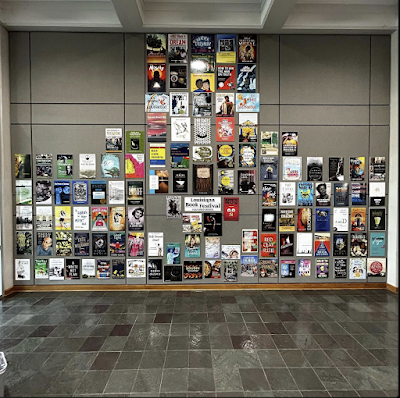In my never-ending project to look at every single image on Alabama Mosaic, I came across the one below recently. The photograph shows a number of young women standing in front of what is labelled the Huntsville Female College.
The Methodist Church opened the school in 1851. The institution was one of several for girls that opened in the city before the Civil War. Sara McKay's School was founded in 1819, the year Alabama became a state. The Monte Sano Female Seminary followed on February 18, 1830; it closed in December 1833. Soon after the Huntsville Female Seminary opened on Randolph Street in January 5, 1831, and lasted until 1875 when it closed due to financial problems.
As seen in the photograph, the Female College's building was three stories high and featured dumb waiters for wood, coal and sweeping. Each floor had fresh water, and gas fixtures in the rooms. The school was also located on Randolph Avenue.
On Tuesday morning, January 8, 1895, the building caught fire and burned through most of the afternoon. Some of the girls' trunks as well as 12 of 20 pianos were saved. Insurance paid over $29,000 but much more would have been needed to rebuild. Rev. A.B. Jones, the principal, led a fundraising effort but it was unsuccessful. The lot was eventually subdivided and cottages built.
Below are some other materials related to the college. Several post-Civil War catalogs for the college can be found here.


















































